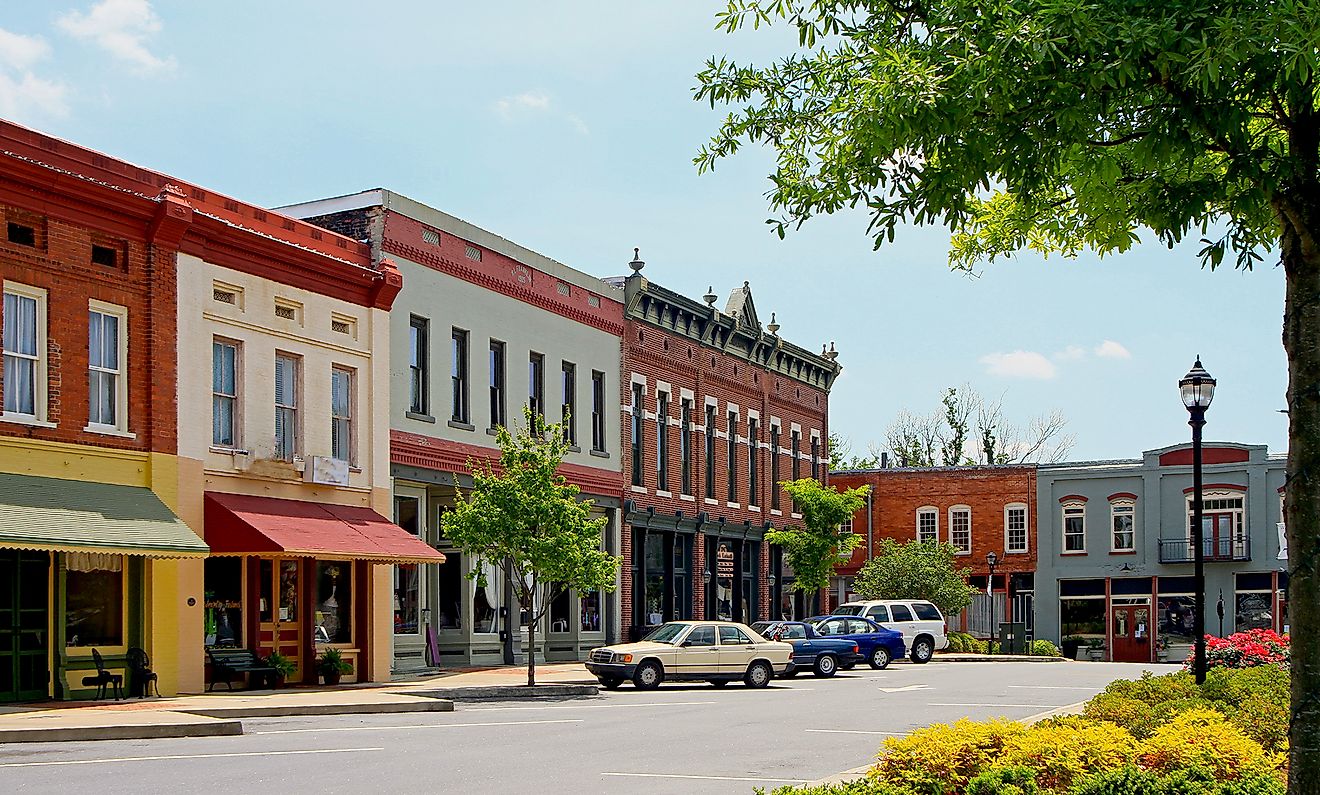
Waterton Lakes National Park, Alberta
Canada is the 2nd largest country in the world that covers an area of 9.98 million sq. km and occupies approximately two-fifths of the Continent of North America. This vast country features several stunning natural landscapes and to conserve this rich natural heritage, several protected areas have been established by the government. Currently, there are 39 National Parks and 8 National Park reserves in Canada, that occupy a total area of about 328,198 sq. km.
The landlocked province of Alberta is situated in the west-central part (Prairie region) of Canada. Located in the southwestern corner of the Canadian province of Alberta is the Waterton Lakes National Park. The Park occupies an area of 505 sq. km and is located in the transition zone between the rolling prairies of Alberta and the stunning Rocky Mountains. The Waterton Lakes National Park is bordered by the Glacier National Park, which is located on the Canada-US border, in the northwestern part of the US State of Montana.
Geography

The Waterton Lakes National Park is characterized by a mountainous landscape that features forests, clear lakes, waterfalls, streams, rocks, and mountain vistas. The elevation of the park ranges from 1,290m to 2,910m. Located within the National Park is Mount Blakiston, which rises to an elevation of 2,910m and is the highest point in the Waterton Lakes National Park. The most prominent feature of the National Park is Waterton Lake. The northern and lower end of this major mountain lake is situated in the Waterton Lakes National Park, while its upper and southern portions are situated in the Glacier National Park. The Waterton Lakes National Park contains many scenic trails like the Crypt Lake Trail.

Geologists have estimated that the oldest rocks in the Waterton Lakes National Park are marine sediments that were deposited at the bottom of an ancient sea that existed about 1.5 billion years ago. These older rocks are made up of igneous rocks, dolomite, and limestone. The unusual red and green rocks of the park are known as argillite. Pieces of evidence about the presence of this ancient seabed have been proved by salt pseudomorphs and fossilized sea beds. Since these rocks were formed before the development of complex life forms on earth, fossils formed by the primitive cyanobacteria have only been found. Numerous stromatolite formations that are more than 1.3 billion years old have also been found. It has been observed that while the sediment strata of the Canadian Rockies are formed by overlapping of tilted thrust sheets, the Waterton sediments are characterized by single overlapping of flat-lying thrust sheet. For several years, these sediments moved horizontally over the younger 70-million-year-old Cretaceous rocks. This fault structure is referred to as the Lewis Overthrust. The landscape of the Waterton Lakes National Park has been greatly shaped by the Wisconsin glaciation. Although there are currently no glaciers in the National Park, there are several glacial features such as U-shaped valleys, hanging valleys, eskers, kames, cirques, and ridges. Since the last glaciation, alluvial fans have been formed by the Blakiston and Cameron rivers at their mouths.
Climate

According to the Köppen climate classification, the Waterton Lakes National Park experiences a ‘humid continental climate’, with mild summers and chilly winters. The Park receives quite heavy snowfall that averages about 481.5cm.
Flora and Fauna

The Waterton Lakes National Park features four distinct ecoregions. These include the foothills Parkland, montane, subalpine, and alpine ecoregions. The Foothills Parkland and Montane ecoregions feature stream valleys with wetlands and riparian woodlands. The Foothills Parkland ecoregion is located on the eastern side of the park and covers about 10% of the park’s total area. This ecoregion is characterized by rough fescue grasslands and aspen groves. The montane ecoregion is a mixture of dry grasslands and open mixed poplar and coniferous forests. The Subalpine ecoregion covers about 35% of the park’s total area and features trees like Engelmann spruce, subalpine fir, whitebark pine, etc. About 25% of the park’s area is covered by the alpine ecoregion which features many plants like snow willow, alpine cinquefoil, and numerous wildflowers.

Some of the notable faunal species that are found here include white-tailed deer, bighorn sheep, mountain goats, coyotes, wolverines, elk, Western moose, beavers, cougars, snowshoe hares, river otters, grizzly hares, pikas, bobcats, black bears, etc. Birds like Canada jay, Clark’s nutcracker, Steller’s jay, mountain bluebirds, bald eagles, red-tailed hawks, etc have been observed in the Waterton Lakes National Park.
Brief History
In 1886, a Dominion Land Surveyor named William Pearce proposed the establishment of a National Park near the Waterton Lakes area. In 1893, a rancher named Frederick William Godsal who resided in the northern part of the lakes suggested that the area should be made a park reserve. The Canadian Minister of the Interior Thomas Mayne Daly accepted the suggestions made by Pearce and Godsal and therefore on May 30, 1895, a 140 sq. km unnamed forest park was established. The Waterton National Park was named after Waterton Lake, which was in turn named after the Victorian conservationist Charles Waterton. On June 8, 1911, about 35 sq. km of the Waterton Lakes Forest Reserve area was designated as “Dominion Park”. In 1914, the area of the Waterton Lakes Park was expanded to 1,096 sq. km. On June 18, 1932, the Waterton-Glacier International Peace Park comprising parts of Canada’s Waterton Lakes National Park and US’s Glacier National Park was established. In 1979, both the National Parks were designated as Biosphere Reserves to preserve the mountains, lakes, prairies, and freshwater wetlands. The Waterton-Glacier International Peace Park was declared as a UNESCO World Heritage Site in 1995.











